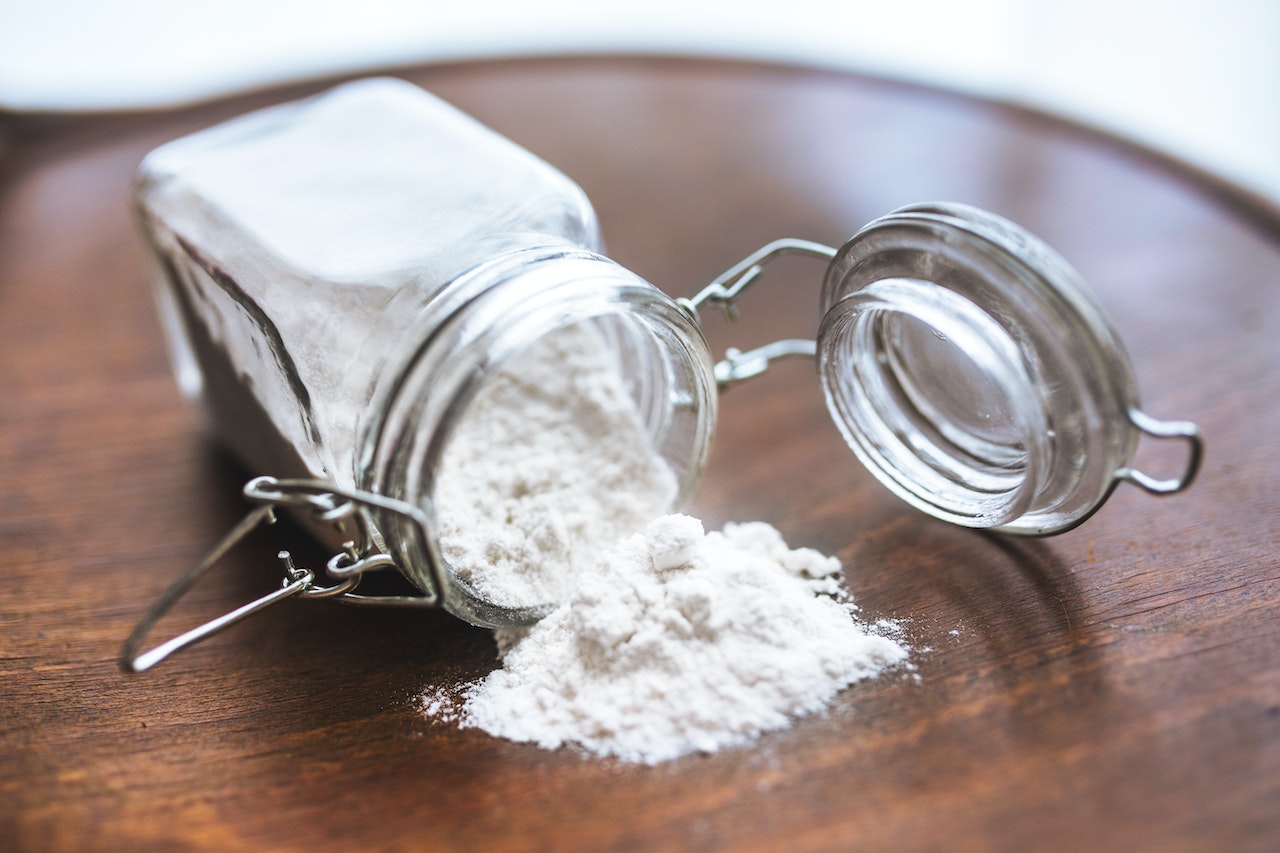Flour can be composted. As flour is composed of plant matter, it breaks down easily in a compost pile.
Table of Contents
Is flour compostable?
It is possible to compost flour.
If you have stocked up on more flour than you can use, do not discard it. Instead, add it to your compost pile.
Which types of flour are compostable?
All flour be composted. You can compost bleached white flour or unbleached flour safely.
Even though most flour is made from wheat, you can also compost other types of flour, such as:
- almond
- buckwheat
- chickpea
- coconut
- rice flour
The majority of flour is sold in paper bags. In this case, the bags are made of unbleached paper, which is a safe compostable material. The bag should be torn into small pieces.
You should discard your flour bag if it has a plastic lining or is bleached. Using bleached paper products will add chlorine to your compost, which is harmful to microorganisms and plants.
Is flour a green or brown material?
Since flour contains a significant amount of carbon, it is classified as a brown component in composting.
Carbon provides energy to microorganisms and other small insects in a compost pile. It takes longer for the brown matter to decompose.
Branches, twigs, unbleached paper products, and dead leaves are also examples of brown materials.
Expert Tips on how to compost flour the right way
As an additional carbon source, flour can be composted by adding it to the heap as a filler.
- Apply flour sparingly to avoid attracting rodents or other unwanted pests.
- Don’t dump an entire bag of old flour into the compost at once. Sprinkle it a little at a time.
- Be sure to mix it well: grab a pitchfork or shovel and break up any lumps or clumps. Also, mix flour with kitchen scraps (green components) which break down faster.
- Make sure not to add wet or moist flour to the compost. I’m sure you can imagine that adding wet flour will result in lumpy, clumpy results. Adding wet flour will also compact your compost pile, stifling the airflow needed to decompose materials efficiently.
- If you have weevil-infested flour, freeze it first before adding it to the compost. What’s the best way to freeze it? For all stages of weevil growth, it’s recommended to freeze for three days at 0 degrees Fahrenheit (-18 degrees Celsius).
Is flour good for your soil’s garden?
While flour is beneficial to the soil, too much nitrogen can be toxic to plants. Before applying flour to the soil, gardeners should consider the soil’s nitrogen balance.
A plant with yellow leaves instead of green during summer indicates low nitrogen levels in the soil. Adding some flour to the soil can balance the nitrogen cycle.
To ensure that the soil around the plants is not clogged with flour, it is advisable to lightly sprinkle flour on the soil rather than dumping it on the soil as it will clog the pores of the leaves, resulting in the death of the plants.
Additionally, flour can be added to compost heaps, but it will take a long time to compost fully. To speed up the composting process, gardeners should add green components, fruit peels, and vegetables to the pile.
According to experts, flour can be used to fertilize plants and protect gardens against pests.
By applying flour to plants, grasshoppers and other chewing insects will be prevented from feeding on them, and nutrients will be added to the soil.
Flour affects the digestive tracts of smaller insects such as aphids and gnats, while its stickiness clogs the mouths of grasshoppers. The flour will suffocate the aphids by clogging them up.
Can you add flour to a worm bin?
Flour can be added to a worm bin, but it should be used sparingly. Several trace minerals are found in flour, including iron, protein, and calcium. It will be of great benefit to the worms.
It is important not to add excessive amounts of flour to the worm bin. The bin contains moisture, so if you add too much flour, it could turn into large lumps that will be impenetrable to the worms.
Flours help vermicompost (the process of using worms to convert organic waste into a humus-like material, known as vermin compost).
If you add flour to the worm bin, coat the surface with flour and spray it with water to moisten it.
By slightly moistening the flour, it will not adhere to the worm’s skin, and the worms will be able to consume it more easily.
How long does it take for flour to decompose?
Whole wheat flour and self-rising flour start to decompose after 4 to 6 months.
The lifespan of other types of flour ranges from 3 to 6 months.
What can you do with expired flour?
Do not throw away flour if you are uncertain of its quality. Instead, recycle it.
Here are some uses for expired flour:

